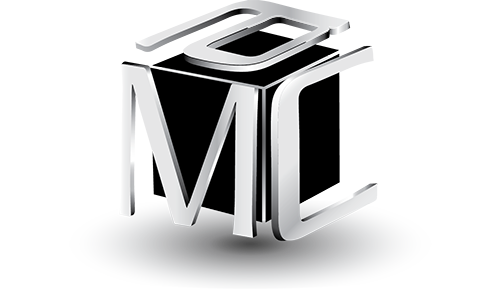The Challenge of Innovation Leadership
The Challenge of Innovation Leadership
Michael Couch
President
Michael Couch and Associates Inc.
Pittsburgh, PA
There is an interesting paradox when it comes to leading innovation, especially when it involves leading teams that are charged with innovation: We can describe what innovation looks like but innovation project champions and leaders struggle with leading effective project teams.
The competency of Innovation Leadership is a hallmark of top performance but is not a common skill of leaders worldwide. It is also difficult for most leaders to develop.
Fortunately, some recent research has also shown that there are some basic things that leaders can do to create the climate in teams so that innovation is effective, efficient and fast to market. Innovation leadership is not about being personally creative but facilitating the creative process of and bringing the creative ideas of others to market. Here are some of the key leadership capabilities that drive innovation.
Team Ability. The range of capabilities on a team is directly related to speed to market. An innovation leader pays attention to the mix of talent, selects a diverse team and fights to keep the team together until the project is complete. Team cohesiveness comes from spending time working together and communicating with a diverse set of talented people.
Team Purpose. Nothing glues a team together like a shared purpose and clear goals. Having challenging, non-ambiguous goals for development teams is related to speed and effective outcomes. Innovation leaders need to craft simple and compelling visions of the team’s work and its impact. They focus on the future. They consider the multiple stakeholders involved in innovation work and craft approaches to engage them. Innovation Teams should have a Charter that is regularly reviewed and updated as needed.
Team Connections. How an innovation team handles the information exchange outside of the team is directly related to efficiency, effectiveness and speed. The project charter should include a detailed stakeholder analysis. Innovation leader’s should assure that each member of the team has direct, frequent, two-way connections to key stakeholders – especially customers. A common cause of innovation failure is the lack of the Voice of the Customer or Voice of the Market information that drove the project from the beginning.
Empowering Leadership. An empowering leader explains the what and why of an innovation challenge and then gets out of the way. They trust that the team is going to perform. They involve the team in setting innovation goals and objectives and allow them to finish and be responsible for their own work.
Leadership Trust. An effective innovation leader is an advocate for the team and is consistent in his/her communications and actions. They take responsibility when things go wrong and admit mistakes. In addition, they address team conflicts quickly and effectively.
Innovation Leadership can be a daunting challenge. Approaching the challenge from the perspective of these five individual components (even step-wise in the order they are listed) can make the task more straightforward.

